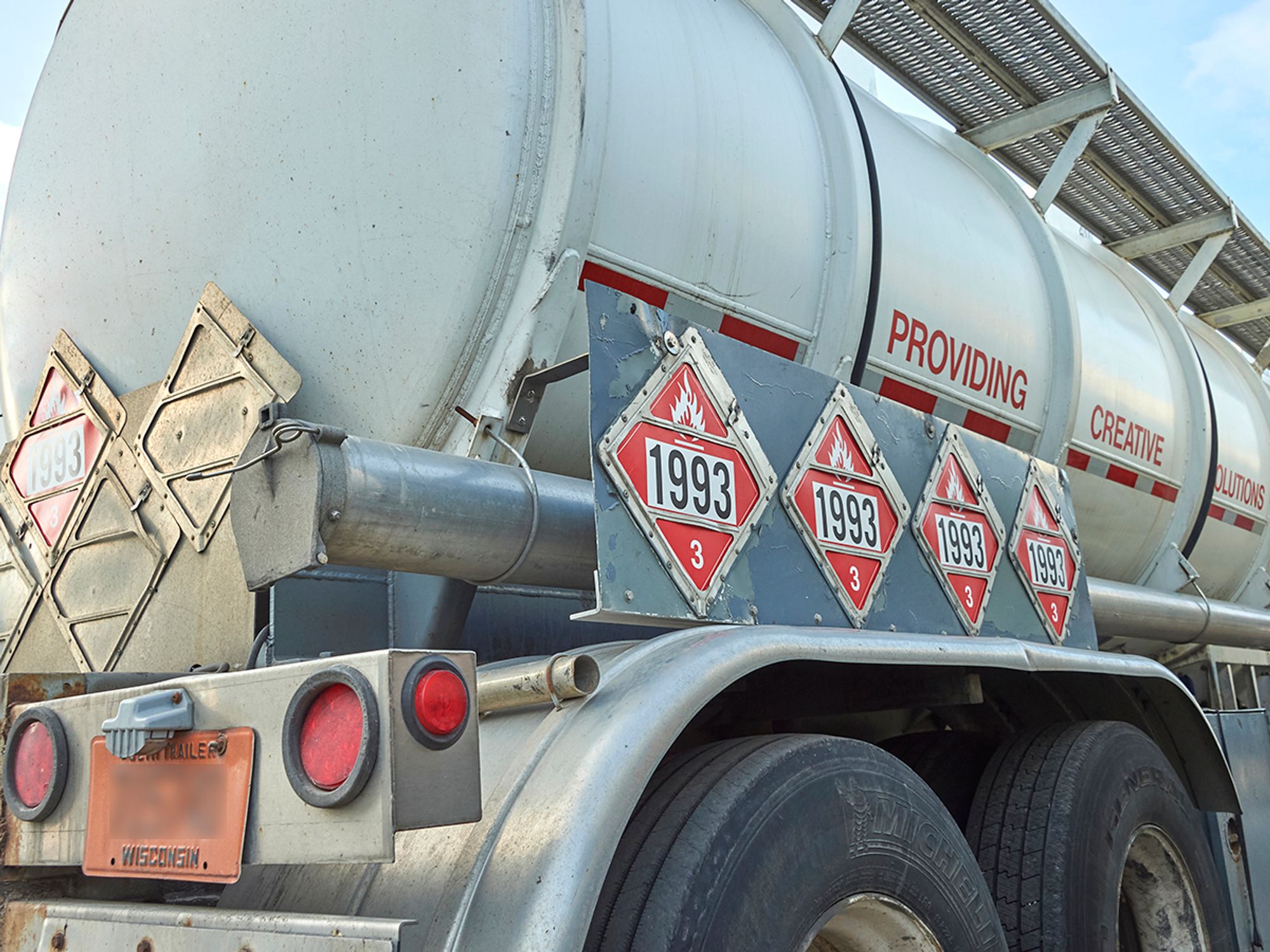Cargo tanks

- Cargo tanks are commonly used to transport hazardous materials such as liquids or gases.
- HMR outline several specifications for cargo tanks.
A cargo tank is a bulk packaging that is a tank intended primarily for the carriage of liquids or gases. The cargo tank includes appurtenances, reinforcements, fittings, and closures. A cargo tank is not fabricated under a specification for cylinders, intermediate bulk containers, portable tanks, multi-unit tank car tanks, or tank cars.
A cargo tank is permanently attached to or forms a part of a motor vehicle, or is not permanently attached to a motor vehicle but which, by reason of its size, construction or attachment is loaded or unloaded without being removed from the motor vehicle. The definition for cargo tank can be found in 171.8.
Common specification cargo tanks include MC 306, MC 307, MC 312, DOT 406, DOT 407, and DOT 412. The specifications for construction of cargo tanks can be found in Part 178, subpart J of the Hazardous Materials Regulations.
Cargo tanks are required to undergo certain tests and inspections.
Cargo tanks are required to be properly marked and placarded for transport.
